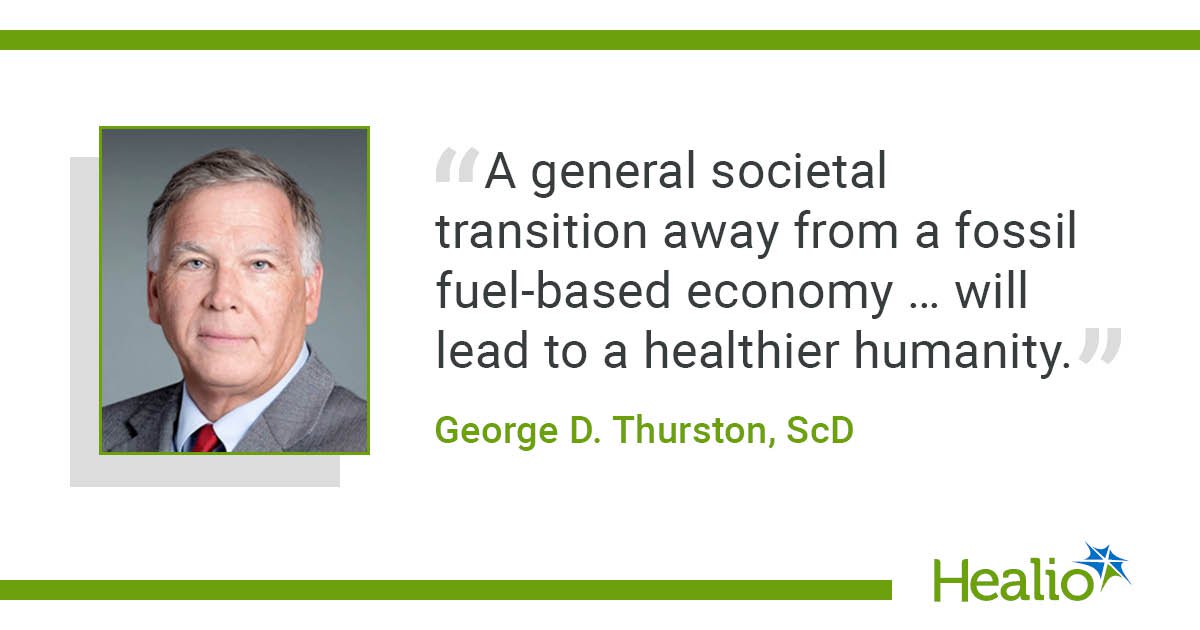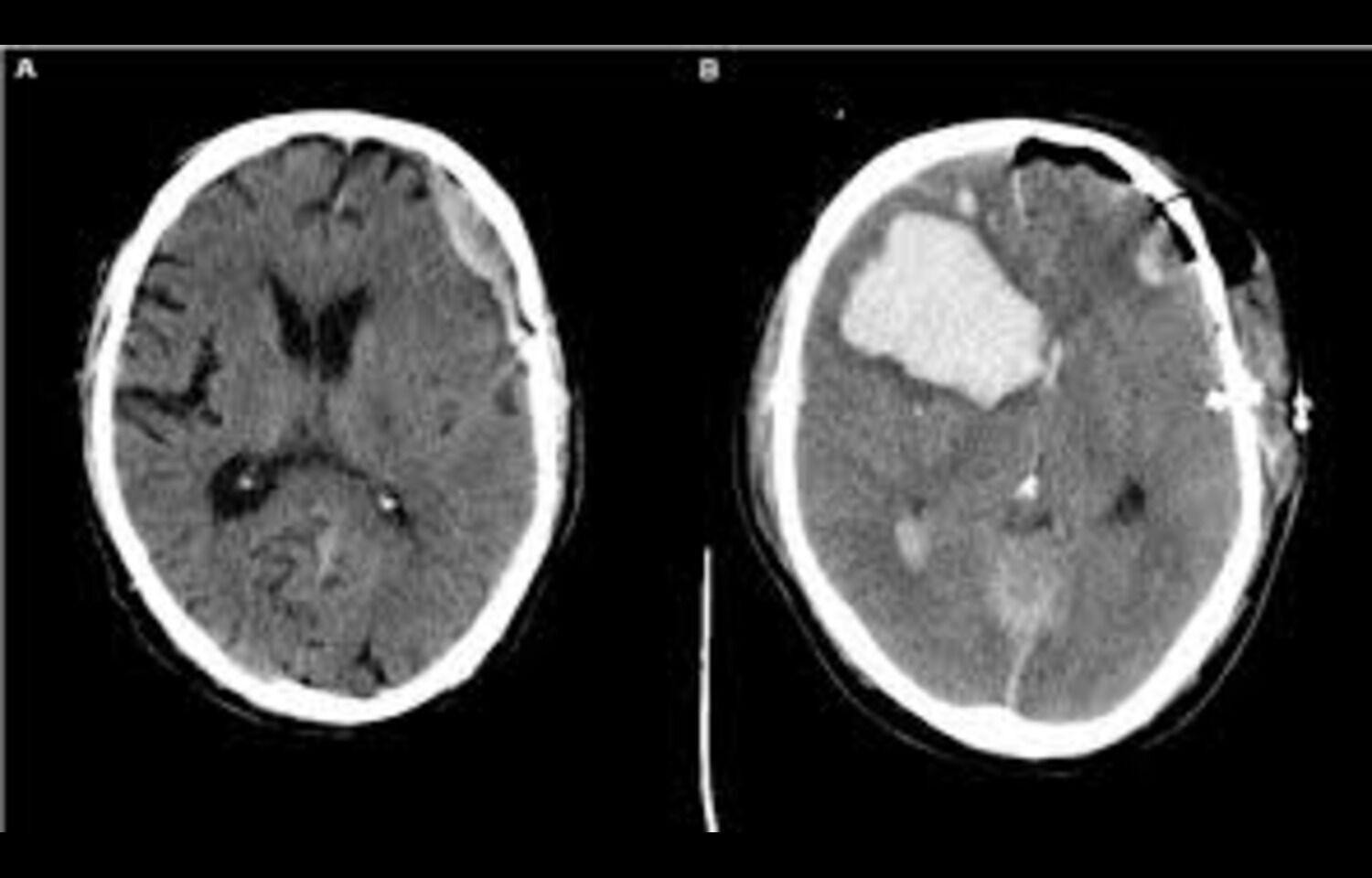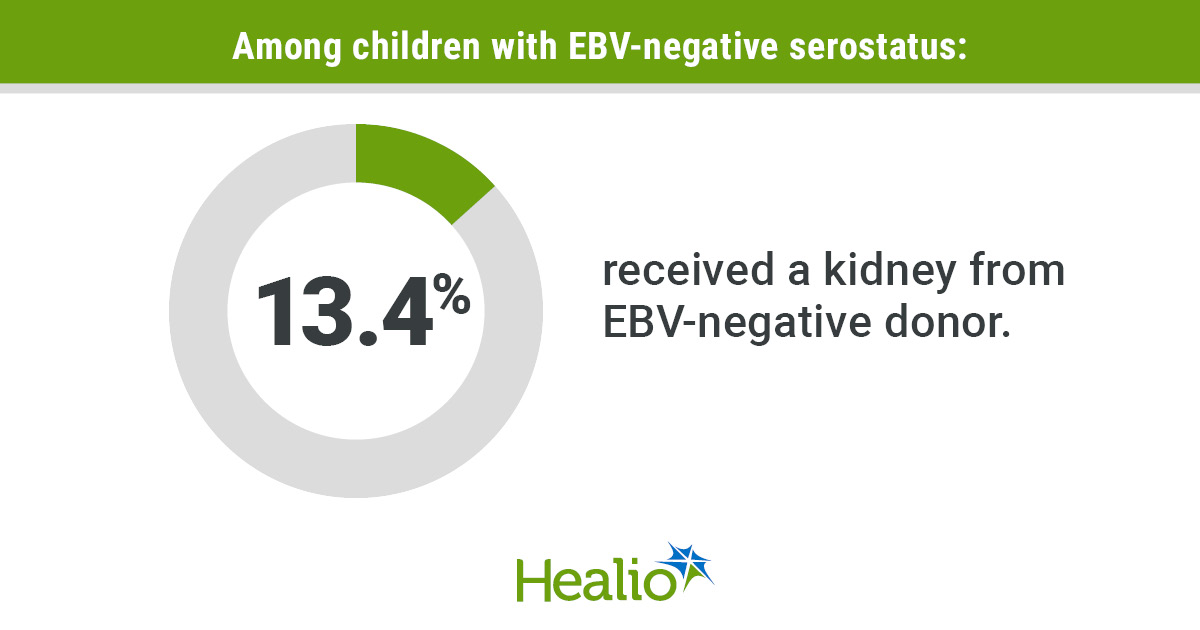August 21, 2025
4 min read
Key takeaways:
- The closure of a coal plant in Pittsburgh was tied to a reduction in respiratory hospitalizations and ED visits.
- Exposure to fossil fuel-related pollution should be minimized.
Shortly after the closure of a Pittsburgh coal-coking plant, rates of respiratory-related ED visits and pediatric asthma ED visits in the area fell, according to data published in American Journal of Respiratory and Critical Care Medicine.
“These results indicate that clinicians should advise their government representatives, their patients, and families with young children to minimize exposures to fossil fuel-related sources of air pollution,” George D. Thurston, ScD, professor in the department of medicine and population health at the New York University (NYU) Grossman School of Medicine, told Healio.

“This could include personal avoidance of being near such sources (eg, industrial and diesel traffic) and outdoor activities on high air pollution days, as well as encouraging governmental measures to achieve societal reductions in the use of fossil fuels for industry and energy, replacing them where possible with alternatives, such as renewable energy sources,” Thurston said.
In this study, Thurston and Wuyue Yu, PhD, postdoctoral fellow at the NYU Grossman School of Medicine, evaluated data from residents who lived around the Shenango coking plant to determine how its January 2016 closure impacted respiratory hospitalization and ED visit rates during the 3 years before and 3 years after the shutdown, from 2013 to 2018.
The study captured incidence rate ratios (IRRs) for hospitalizations and ED visits among three populations based on location to Shenango: a population living adjacent to Shenango, a population living adjacent to a coke plant that was still operating (positive control group) and a population with no coke plant nearby (negative control group).
Air pollution levels were found via local and federal air quality monitors. Following the closure of the plant, researchers reported a significant and abrupt reduction in daily sulfur dioxide and a “relatively small” change in total PM2.5 mass concentration.
Respiratory hospitalizations
Shortly after the plant closed (first quarter of 2016), the study noted a significant 16% drop (IRR = 0.84; 95% CI, 0.76-0.94) in hospitalizations with respiratory symptom-related admission codes among those living adjacent to Shenango vs. the annual trend before closure.
However, no significant trend change was found in the years following the closure. In the positive control and negative control groups, there was no significant change in this type of hospitalization at either time.
Similar to above, researchers found that asthma hospitalizations significantly fell by 56% (IRR = 0.44; 95% CI, 0.27-0.69) shortly following plant closure among those living adjacent to Shenango, whereas there was no significant change in the long-term.
In the positive control group, there was a significant reduction in asthma hospitalizations in the first quarter of 2016 (IRR = 0.57; 95% CI, 0.37-0.89) but not in the long-term. In the negative control group, there was no significant change in this type of hospitalization at either point.
In slight contrast, hospitalizations for COPD and allied conditions significantly fell by 19% per year (IRR = 0.81; 95% CI, 0.7-0.95) compared with pre-closure trend in the years following plant closure among those living adjacent to Shenango, according to the study.
The change in this hospitalization type shortly after plant closure was not significant in this group but did reach significance in the positive control group, demonstrating an increase in these hospitalizations (IRR = 1.51; 95% CI, 1.15-1.99). For the negative control group, no significant change was found at either time.
Respiratory ED visits
One week after the Shenango plant shut down, researchers found a significant drop in the weekly rate of respiratory ED visits among those living adjacent to Shenango by 20.5% (IRR = 0.795; 95% CI, 0.724-0.872), but there was no significant long-term trend difference between the post- and pre-closure visit rate.
Notably, both control groups experienced rises in the weekly rate of respiratory ED visits after plant closure (positive control, immediate IRR = 1.164; 95% CI, 0.993-1.366; negative control, long-term IRR = 1.114; 95% CI, 1.008-1.23), according to the study.
“The large size of the drop in respiratory ED visits immediately following closure was surprising, in that it was much larger than past evaluations of the health impacts of ambient air pollution would have predicted,” Thurston told Healio. “This revealed that the air pollution coming from such fossil fuel plants are far more toxic than the more usual urban air pollution mixture experienced by the public.”
Researchers also observed a significant reduction in monthly pediatric asthma ED visits among those living adjacent to Shenango in the month following the shutdown that was even greater than the respiratory ED rate at 41.2% (IRR = 0.588; 95% CI, 0.401-0.856).
In the 3 years after the closure, the study reported that these rates fell by an additional 4% (IRR = 0.958; 95% CI, 0.94-0.977) per month from the trend found before closure.
“It was unexpected that the reduction in pediatric asthma ED hospital visits would continue to decline in the following years,” Thurston told Healio. “This suggests that the reduction in long-term exposures may actually have reduced the rate at which young children in the surroundings were getting asthma.”
In the positive and negative control groups, the immediate and long-term changes in the monthly pediatric asthma ED visit rate were either nonsignificant or significantly increased, according to the study.
“This and other work now indicate that a general societal transition away from a fossil fuel-based economy, to one based more on renewable industrial and energy processes, will lead to a healthier humanity, as well as a healthier planet,” Thurston said.
Looking ahead, Thurston told Healio that pollution source type needs to be considered in research on air pollution.
“This will add impetus for future studies to consider not just overall air pollution, such as particulate matter mass concentrations (eg, PM2.5), but to focus on the pollution source as well, as the effects of air pollution can vary widely based on the source and composition of that pollution,” Thurston said.
“In addition, studies are needed to better evaluate the extent to which reductions in fossil fuel-related air pollution results in a reduction in the induction of new asthma disease in young children,” he continued.
Reference:
For more information:
George D. Thurston, ScD, can be reached at george.thurston@nyu.edu.
Wuyue Yu, PhD, can be reached at wuyue.yu@nyu.edu.










